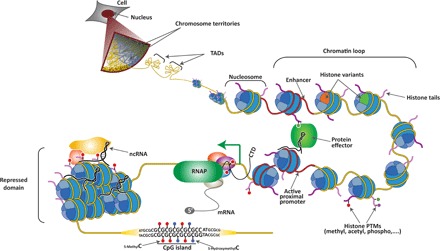Fig. 1. Hierarchical layers of chromatin organization in mammalian cells.

Individual chromosomes cover a distinct region within the nucleus known as chromosome territory. At increasing resolution, chromosomes are composed of topologically associating domains (TADs), which are structural units defined by the high frequency of chromatin interactions between their loci that are partitioned by sharp boundaries. Within TADs, enhancer elements and active proximal promoters (both depicted in red) form chromatin loops, which are mediated and/or stabilized by protein effectors, noncoding RNAs (ncRNAs), and histone posttranslational modifications (PTMs). Enhancers and promoters are characterized by the presence of specific histone variants and PTMs on the histone tails. Upon transcription activation, elongating RNA polymerase II (RNAP, in green) is phosphorylated at Ser5 and Ser2 on its C-terminal domain (CTD) and begins to produce mRNA. Genomic regions that are transcriptionally silenced form repressed chromatin domains that are also stabilized by ncRNA and other repressive protein complexes. Finally, tracks of repetitive sequence are found in specific functional regions of the genome, including CpG islands (CGIs), in which cytosines can be modified (5-methylC and 5-hydroxymethylC).
